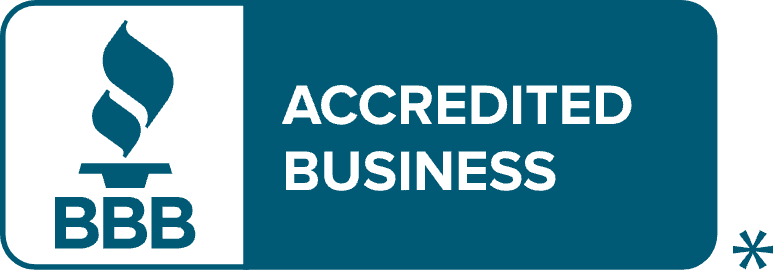The Low Down on Required Minimum Distributions
Published on September 13, 2016
You have been an avid saver and have funded your IRA or 401(k) plan diligently over the years. Good for you! However, be aware that once you turn 70 ½ years old, you are required to start taking distributions from your retirement plan. These required minimum distributions (RMDs) are based on a factor from the Uniform Lifetime Table as specified in IRS Publication 590, along with your age and account balance. You are absolutely required to start depleting your retirement plan—including one that is self-directed—upon reaching that magic age.
For account holders of multiple IRAs, a required minimum distribution must be calculated separately for each one. Those amounts can then be totaled and the aggregate amount withdrawn from any one or more of the accounts. In the case of multiple employer plans, the rule is different: calculate and withdraw an RMD from each plan.
The percentage you must withdraw from the retirement plan increases every year. By working with your financial adviser, you can plan ahead for anticipated withdrawal amounts, what to do with the money, and how it will affect your taxes.
Considerations for that first RMD
 Account holders must begin distributions no later than April 1 of the year after they reach the age 70 ½. Those who turn 70 ½ in 2016 can wait until April 1, 2017 to take their first distribution. If you fall into that category, we suggest you consult your tax adviser regarding when to take your first distribution. If you wait until the following year, you will also be required to take the distribution for 2017 before year-end, causing you to take two distributions in 2017.
Account holders must begin distributions no later than April 1 of the year after they reach the age 70 ½. Those who turn 70 ½ in 2016 can wait until April 1, 2017 to take their first distribution. If you fall into that category, we suggest you consult your tax adviser regarding when to take your first distribution. If you wait until the following year, you will also be required to take the distribution for 2017 before year-end, causing you to take two distributions in 2017.
Since taking distributions can raise your taxable income and increase the tax you owe on Social Security, or affect your itemized deductions, it’s best to check with your trusted adviser about the timing for that first RMD.
People who are still working at that age may elect to put off distributions from their employer’s retirement plans if they are not an owner of the business. If this is the case for you, you can wait to start withdrawals until after April 1 following the year that you reach age 70 ½, or when you decide to retire.
Trustee/custodian requirements
Due to IRS compliance mandates, account holders can run but they can’t hide. That’s because any financial firm that serves as the trustee or custodian for your retirement account (including administrators of self-directed retirement plans) must file annual reports with the IRS stating the amount of the RMD for each taxpayer and for each year a distribution is required. Taxpayers who do not follow these distribution requirements can end up paying a very high price: a 50-percent excise tax on the amount of the distribution that is late or insufficient.
RMDs from your self-directed retirement plan
 As a third-party administrator of these plans, Next Generation Trust Services follows all IRS requirements concerning the reporting of RMDs for all of our clients. Since self-directed retirement plans allow for so many different types of assets aside from stocks, bonds and mutual funds, there are various tactics to implement in order to take your RMD every year. Our professionals can answer your questions about how to make these transactions within IRS compliance in order to abide by tax laws. Contact us at Info@NextGenerationTrust.com or 888.857.8058 to discuss your particular needs.
As a third-party administrator of these plans, Next Generation Trust Services follows all IRS requirements concerning the reporting of RMDs for all of our clients. Since self-directed retirement plans allow for so many different types of assets aside from stocks, bonds and mutual funds, there are various tactics to implement in order to take your RMD every year. Our professionals can answer your questions about how to make these transactions within IRS compliance in order to abide by tax laws. Contact us at Info@NextGenerationTrust.com or 888.857.8058 to discuss your particular needs.



